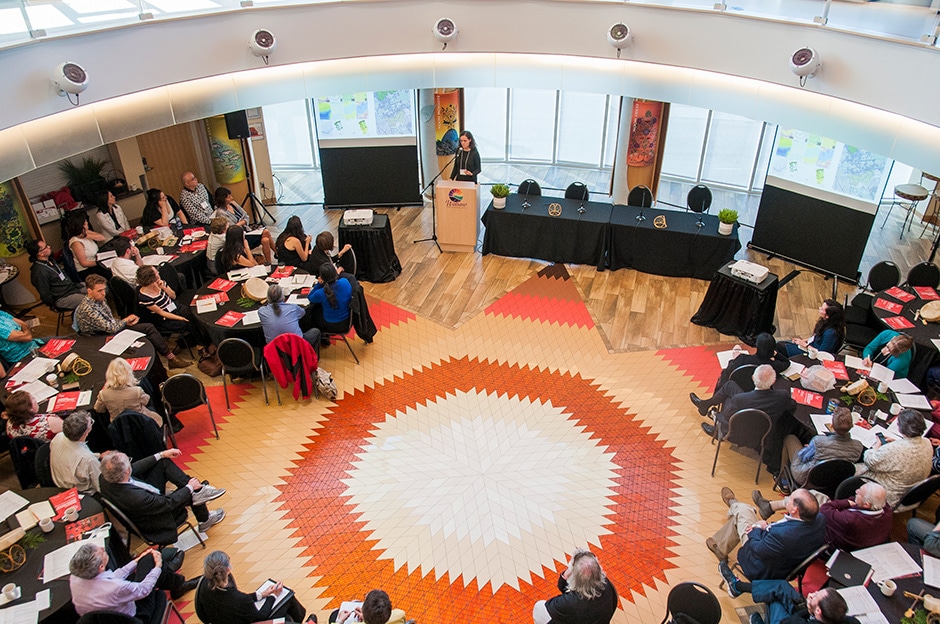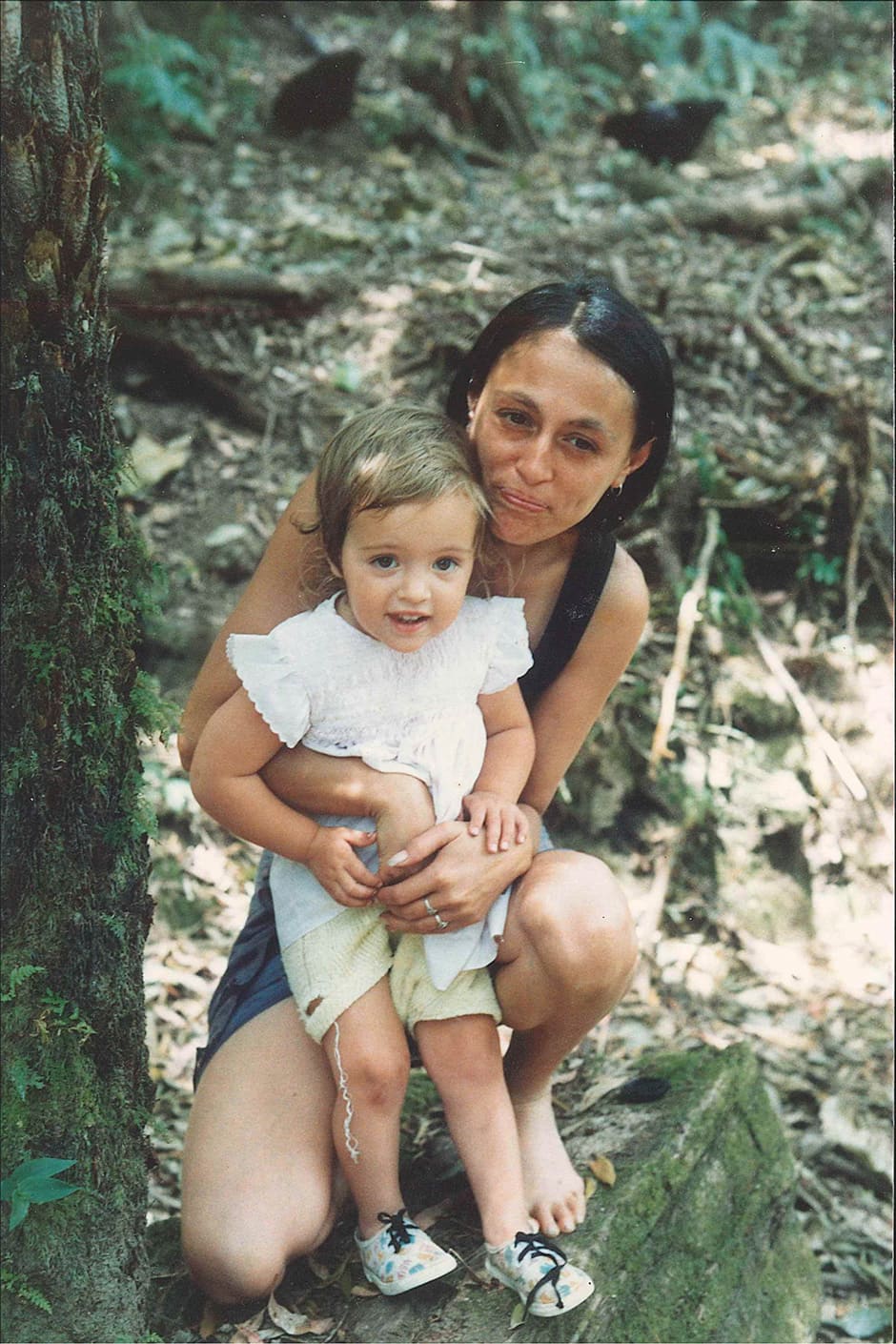In the next installment of our ongoing Architecture+Women NZ series, we spoke to its Munro Diversity Award winner.
Jade, what led you down the architecture path? I think my interest really started through growing up in a timber house designed and built by my dad. My grandfather on my dad’s side was a design draughtsman for infrastructure projects such as bridges and dams, so that had an influence too. And I was also interested in whakairo [carving] and rāranga [weaving]; I really didn’t know much about these artforms at that time, but it was something that always featured in family photos and books we kept at home, and that I’d seen on visits home to the North and in Rotorua.
When I was in Fifth Form, Year 11, I went through the university course catalogue and ranked my choices in order of preference. I was fortunate to be granted my first choice of study: the Bachelor of Architecture programme at the University of Queensland.
You grew up in NSW — what drew you back to Whangārei? My mum’s Australia-born Māori and my dad’s a Dutch migrant. Growing up, our cultural identity as Māori was very important to our whānau. I always felt like a visitor to Australia and a strong pull to come home to Whangārei.
While I was studying, I was very interested in the Aboriginal Environments Research Centre within the School of Architecture. I’d have liked to have been involved somehow, but I lacked confidence as a teenage undergraduate, so I read papers and went to lectures, watching from a distance. What it came down to for me was that my interest in Indigenous housing and architecture stemmed from my own heritage and whānau experiences. I thought that rather than work on projects with and for Indigenous people in Australia, I should seek to really understand who I am and return home to work for my own people.
When did you open your design studio, Matakohe Architecture + Urbanism? In 2018. I’d finished a stint establishing Te Matapihi he tirohanga mō te Iwi Trust [an independent voice for housing Māori] and it was operating well, so I was eager to return to architecture full-time. Two papakāinga [contemporary village] projects I’d been planning for my whānau in Whangārei obtained funding, and I’d paid off my student debt and saved a bit of money, so I decided to take a risk and establish a practice. I figured I could reassess after a year, and if it really wasn’t working, I could get a job if need be. Fortunately, things went well, and at the conclusion of my first year in business, I was able to grow the team and hire my first kaimahi [employee].

What’s the focus of your now five-person multidisciplinary practice? Matakohe Architecture + Urbanism is a kaupapa Māori design studio based in Whangārei. We work collaboratively with Māori communities to progress their marae, papakāinga and whenua [land] development projects, and with mana whenua groups to express their cultural values and narratives through the design of their physical environments.

You’re also a writer and housing advocate, and you have a podcast, Indigenous Urbanism. How do these modes of working feed into each other? My body of work has attained a sort of coherence that wasn’t obvious when I first started out. To me, it has always made sense, though — I think because I see myself as a kaimahi for my whānau, hapū, iwi, ngā Māori katoa first, and a professional second. The professional mahi [work] I’ve chosen to undertake occurs at the intersection of what’s required, what I’m good at, what I’m trained in and what I’m interested in.
One of the issues women in architecture face is the juggle of work and family — how do you manage this? I think what it comes down to is the oppressive workload, a lack of flexibility and the unhealthy culture, which I hope is dying out, but to which we’ve all been enculturated at architecture school.
Three of our five team members at Matakohe have tamariki, so I’m mindful of how we support the māmā among us to be able to be able to juggle mahi with whānau life. I want us to have a healthy, relaxed and supportive workplace culture, so I make a real effort to keep our workloads reasonable and ensure any overtime is taken as time in lieu. Working from home some days is supported and encouraged, and everyone self-manages their time, which should eliminate issues of presenteeism.
The biggest challenge for me has been setting a good example — I’ve been making a real effort to maintain regular work hours for myself and maintain interests outside of work.

What are your hopes for the future of architecture and urbanism in Aotearoa? My hope is that He Whakaputanga and Te Tiriti o Waitangi become constitutionally enshrined, and that our system of government and laws reflects our foundational assertions and agreements. This would mean genuine partnership on projects with mana whenua, in cities, towns and villages all around the motu [country]. It also means returning land to enable hapū to realise their own aspirations for their own people.
I’d also like to see a proliferation of Māori architects and built-environment practitioners engaged on projects for their own whānau, hapū and iwi. In all things, hapū rangatiratanga [autonomy] is key. Imagine how different our towns and cities could be under these conditions. matakohe.org.nz
Interview Alice Lines



